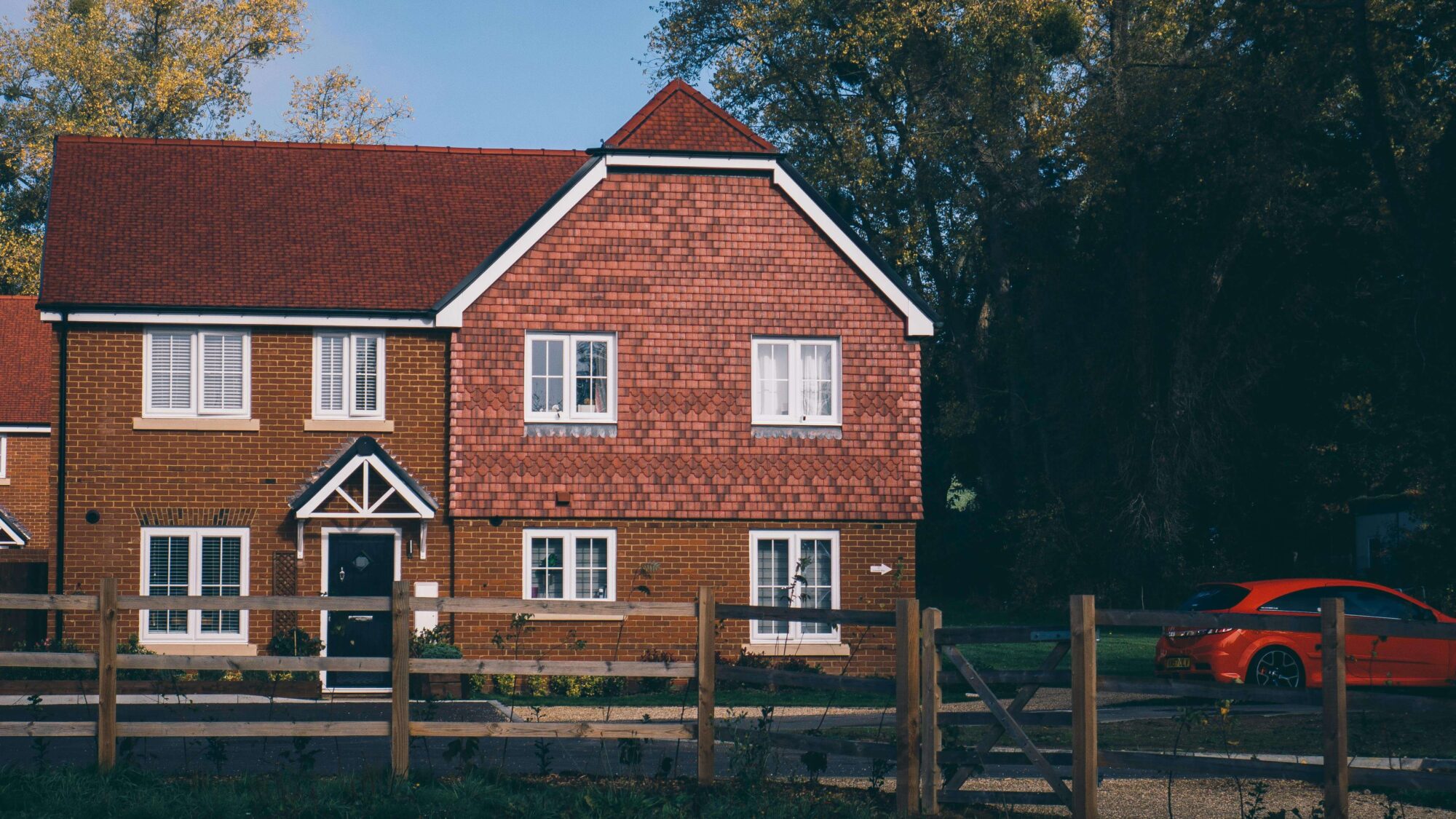It is established law that when a lease comes to an end, the landlord cannot use the dilapidations clause to make a windfall profit out of a tenant.
This might occur, for example, when the schedule of dilapidations is agreed and payment made, but the landlord demolishes the property in order to redevelop it.
The principles that govern the payment under a dilapidations clause are:
- The amount of damages has to be assessed on a reasonable basis. The landlord’s intentions for the building are of central importance to this, as an intention to redevelop or demolish the property would probably render the dilapidations trivial. In a recent case, the argument that extensive refurbishment was one of the options available to a landlord was insufficient to dislodge a tenant’s liability for dilapidations since the landlord had other reasonable options for the property and had not yet decided what to do with it.
- If there is no realistic alternative to demolition or redevelopment, then the fact that the landlord had no settled intention as regards the future of the premises may not have an effect on the assessment of the damages for dilapidations, which would normally therefore be nil or minimal.
- Where the landlord undertakes a scheme of redevelopment or refurbishment beyond that which the tenant could be expected to pay for, the landlord’s right to reimbursement is limited to what the tenant would have paid to put the premises in reasonable repair as they were previously. The landlord must carry the cost of improvements.
- If the landlord can prove it would have acted differently if the premises were returned in good repair, it can recover the cost of the dilapidations less the cost of any subsequent work undertaken which would have rendered putting right the dilapidations unnecessary.
- If the return of the premises in a dilapidated state results in loss of rent, the landlord may claim for the lost rent for any period which exceeds the period the tenant would have taken to comply with the dilapidations covenant, to the extent that the landlord can demonstrate a causal connection between the failure to repair and the loss of rent.



